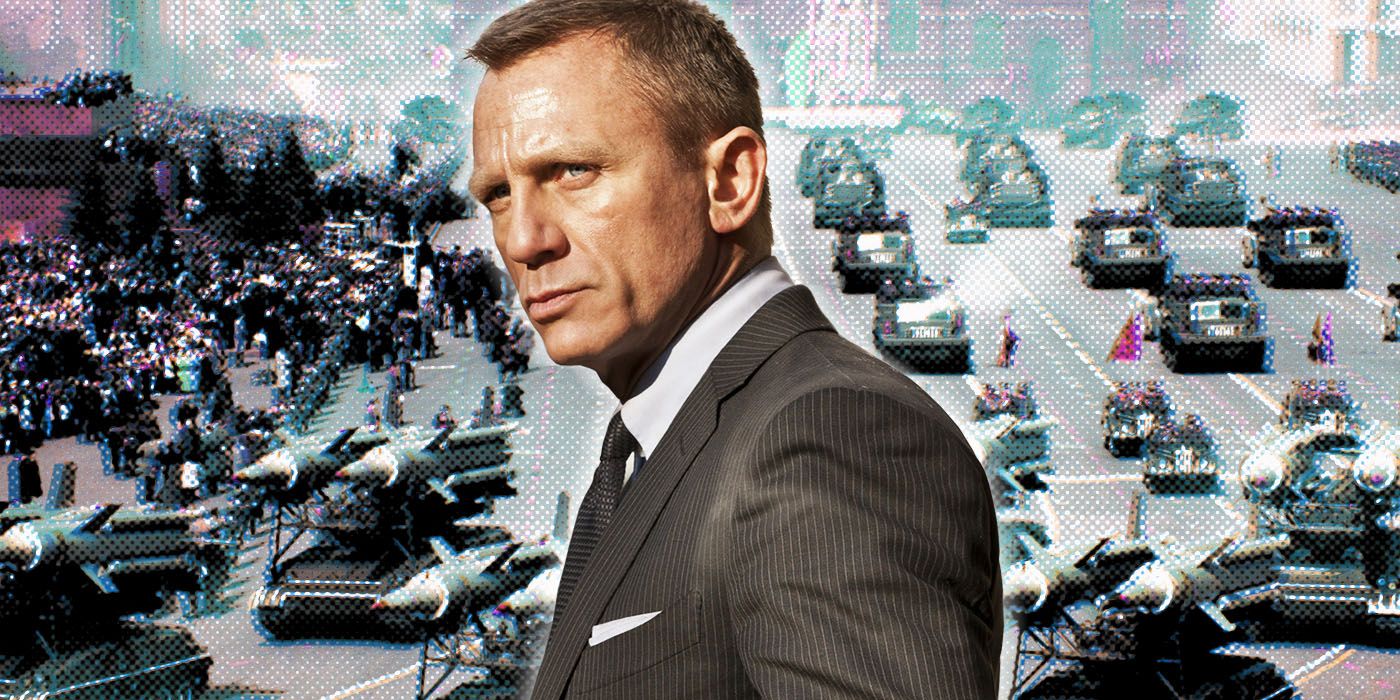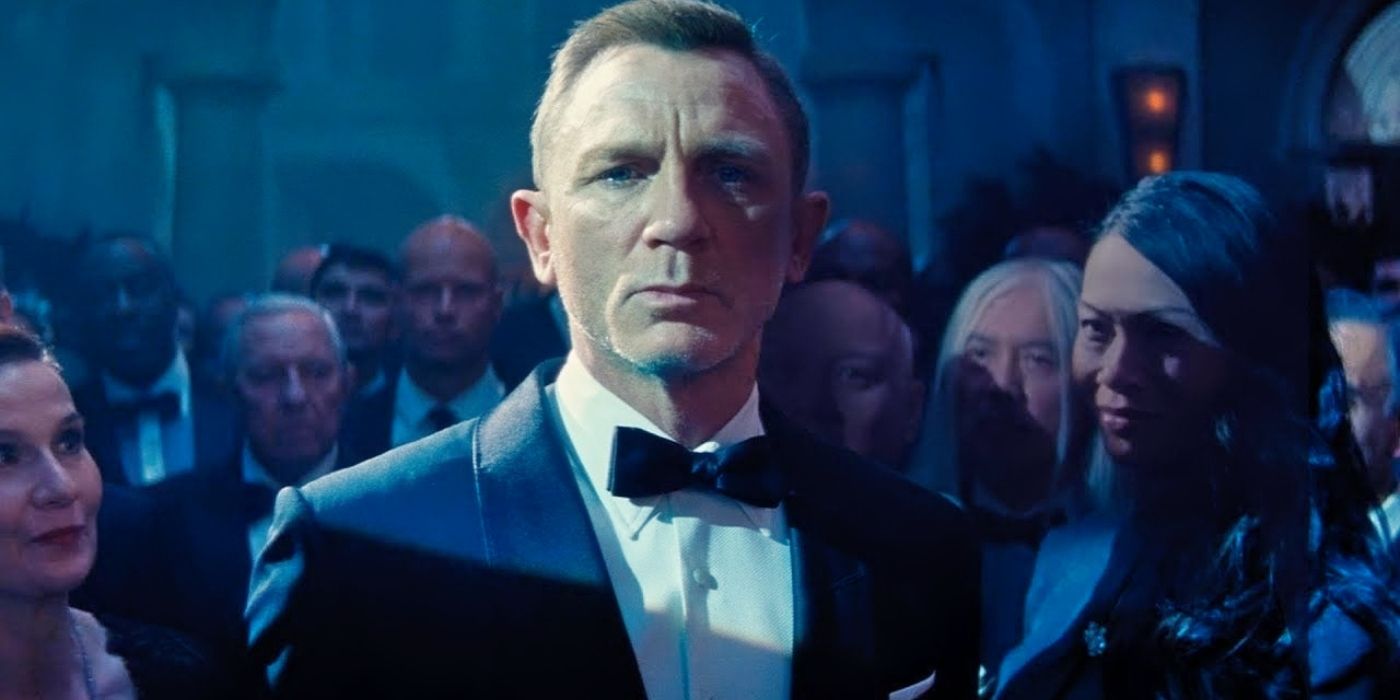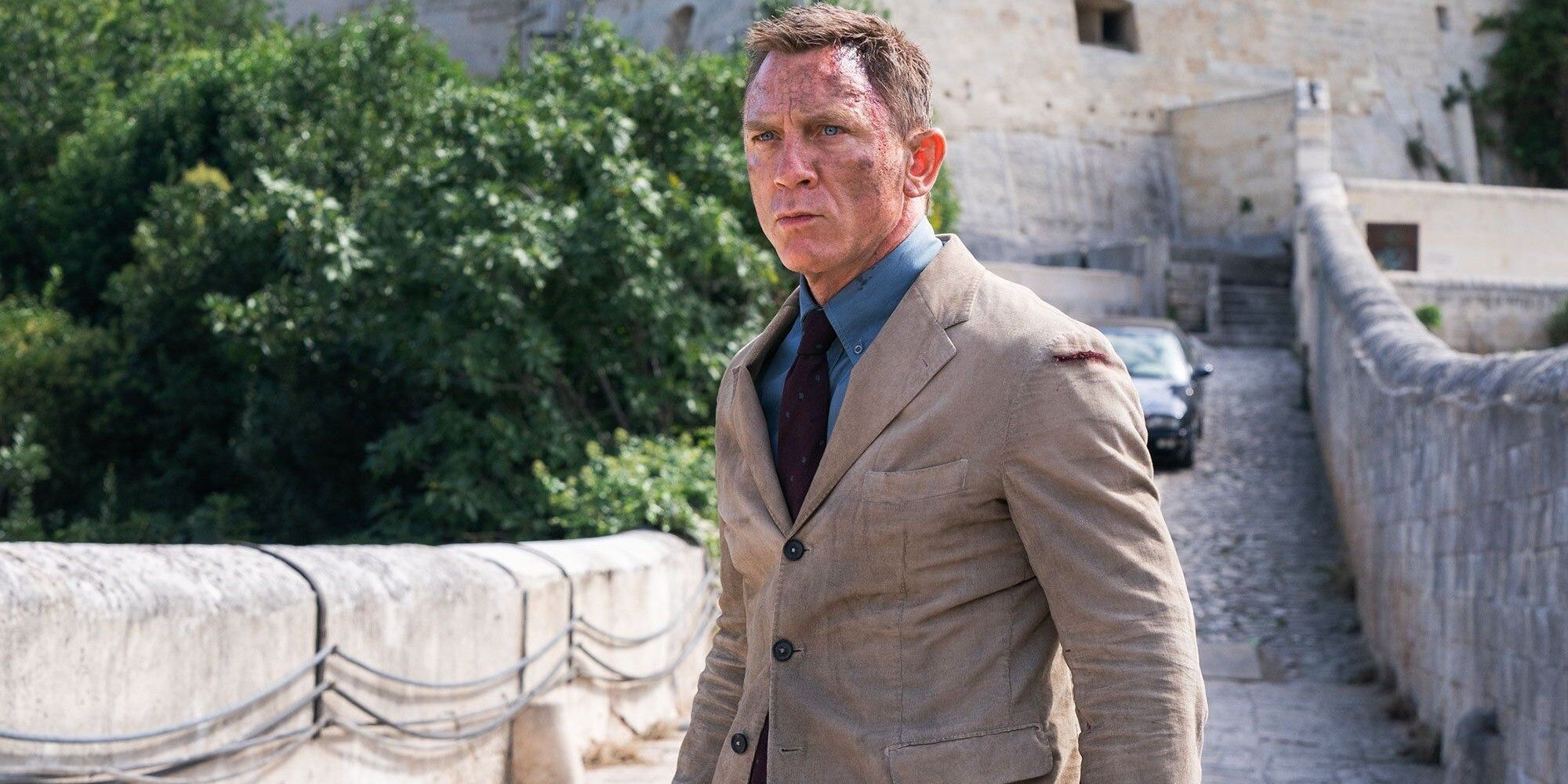Danny Boyle was the first director to be attached to No Time To Die before Cary Fukunaga took over. The last Daniel Craig outing sends him off with a blast in one of the most memorable films of the franchise. But initially, the project was meant to have a different story and setting in the hands of the Trainspotting director, one that is most familiar to fans of James Bond.
Long before Fukunaga took the reins on No Time To Die, Boyle was convinced by producers to direct the latest chapter. His name is mostly known for more independent titles, but he became quite the cultural celebrity after directing the successful 2012 Olympics opening ceremony, where he had Daniel Craig playing 007 and sky-diving with Queen Elizabeth II. He signed on to make the 25th James Bond film along with screenwriting partner John Hodge. “I remember thinking, ‘Should I really get involved in franchises?’ Because they don’t really want something different,” Boyle admits.
Indeed, when he left the project, rumors circulated that he wanted to turn things against the establishment to the point of killing off Bond at the end, something producer Barbara Broccoli didn’t really want. Yet, everyone who’s seen No Time To Die by this point can confirm these rumors must not have been true. Instead, it might have been because Boyle wanted to do something very specific with the character: “They want you to freshen it up a bit, but not really challenge it, and we wanted to do something different with it.”
“Weirdly -- it would have been very topical now -- it was all set in Russia, which is of course where Bond came from, out of the Cold War,” Boyle explains. “It was set in present-day Russia and went back to his origins, and they just lost, what’s the word... they just lost confidence in it.” It might have been strange to have Ian Fleming’s original past popping up in Craig’s James Bond arc. His most contemporary origin story took place in 2006’s Casino Royale, which, despite being adapted from Fleming’s first 007 novel, was set in present-day espionage and away from the Cold War scenario.
Still, the development status of the project left its mark, and one thing that they pitched actually made it to the theatrical release. “The idea that they used in a different way was the one of [James Bond’s] child,” Boyle explains, “which [Hodge] introduced [and which] was wonderful.” This was the first time a 007 movie took such creative lengths, and even though Boyle and Broccoli parted ways, it is good to know some aspects of the story still made their way to the end.
Ian Fleming’s James Bond was born from the Cold War, as his writings were mostly inspired by the British secret service stories. But the Cold War was a recurrent setting in past James Bond movies, as were multiple Russian antagonists. With such a personal story arc that evolved so intimately with the character, particularly in Skyfall and Spectre, it would have felt misplaced to take Craig's James Bond to such a past.
“It was a shame really,” Boyle concludes on the subject. Even though it might have been interesting to see what he would’ve done with No Time To Die, the final product is a more than amazing last entry for Daniel Craig, concluding a continuous story arc cinematic event of five films as had never been seen in the franchise’s history.



